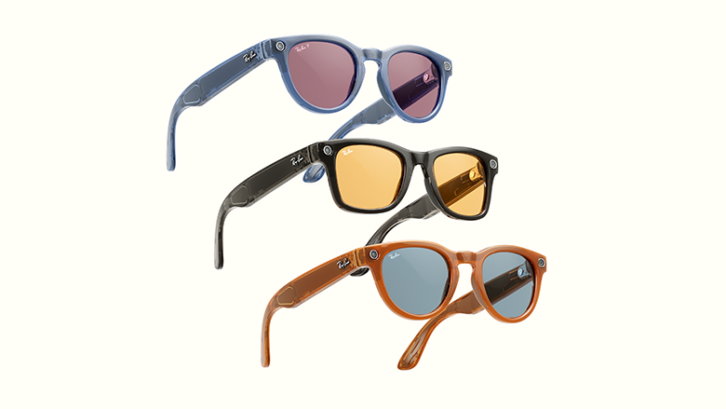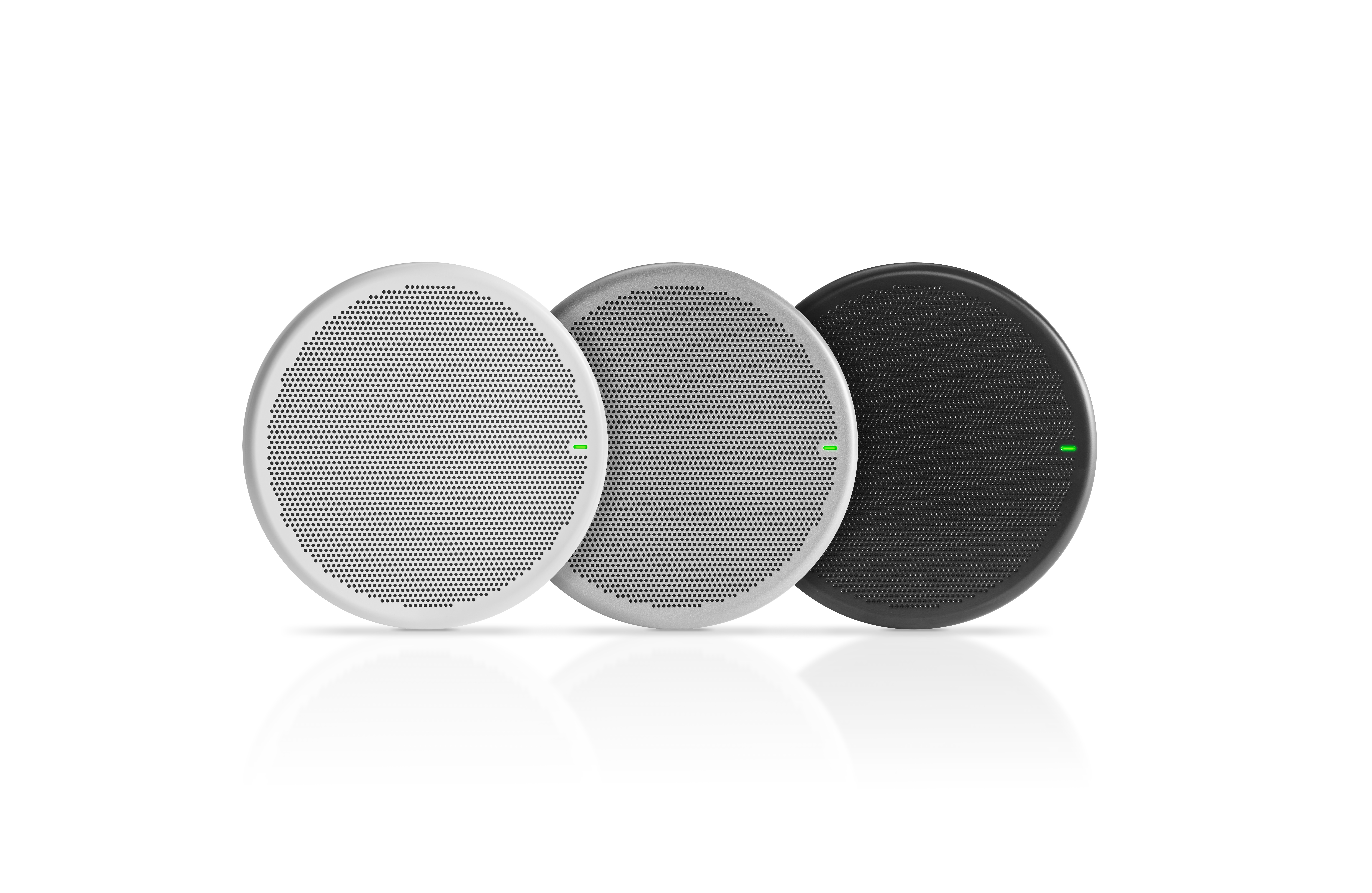
Meta’s new generation of Ray-Ban smart glasses haven’t been out for long, and they will soon be getting what looks like a pretty substantial upgrade.
Meta has announced that the smart glasses will be getting a hefty software update that improves its functionality, allows users to query for real-time information, and integrates multimodal AI.
Mark Zuckerberg shared videos of the new capabilities of the glasses, asking the glasses’ AI assistant for contextual information that what they are looking at. In these demos, the glasses are able to give information in real-time, as well as perform tasks such as write captions about whatever the subject being viewed is or translating text.
This update could very well upgrade Meta’s smart glasses from a gimmick into the useful tool that most people think of when they picture “smart glasses.” The company has revealed that a small number of users that opt in will get access to the beta version of the new software, with a wide release being available in 2024.
The following was originally published October 3, 2023:

Meta’s next generation of Ray-Ban smart glasses have been announced, and this time they’re called just that–smart glasses. The new line was announced at the company’s Connect launch event, and feature a number of improvements over the last generation (which were called Stories).
To start, audio is improved, with Meta stating that the built-in speakers are 50% louder than last generation’s, with twice the amount of bass. The smart glasses have five built-in microphones, including one in the nose bridge, to ensure you are always heard in even noisy conditions. This is an area where the Stories faltered, as the older line’s solitary microphone couldn’t always hold up to background noise. Given that the new smart glasses give you access to voice commands, the more mics, the better. Saying “Hey Meta” queues up Meta’s “conversational assistant”, which they are calling Meta AI.
Meta’s VR/AR timeline for the next few years has been leaked
The new line features dual cameras, the same as the Stories, but the camera hardware has been bumped up considerably. Take pictures using the 12-megapixel cameras, or record video in 1080p, then seamlessly share your content using the Meta View app. The glasses come with 32G of internal storage, which the company says is enough for 500 photos and 100 30-second videos (videos are capped at 60 seconds).
Livestreaming is now possible to Facebook and Instagram as well, and all functions are accessed and controlled via an interface located on the glasses’ stem. The new glasses are powered by Qualcomm’s Snapdragon AR1 Gen 1 processor, and Meta says one charge is good for four to six hours of use. The glasses case doubles as a battery pack, and is able to charge a pair of glasses up to eight times when full.
Available on October 17th, the Meta smart glasses are up for pre-order starting at $299, and come in Ray-Ban’s Headliner and Wayfarer frames in a variety of color options.








